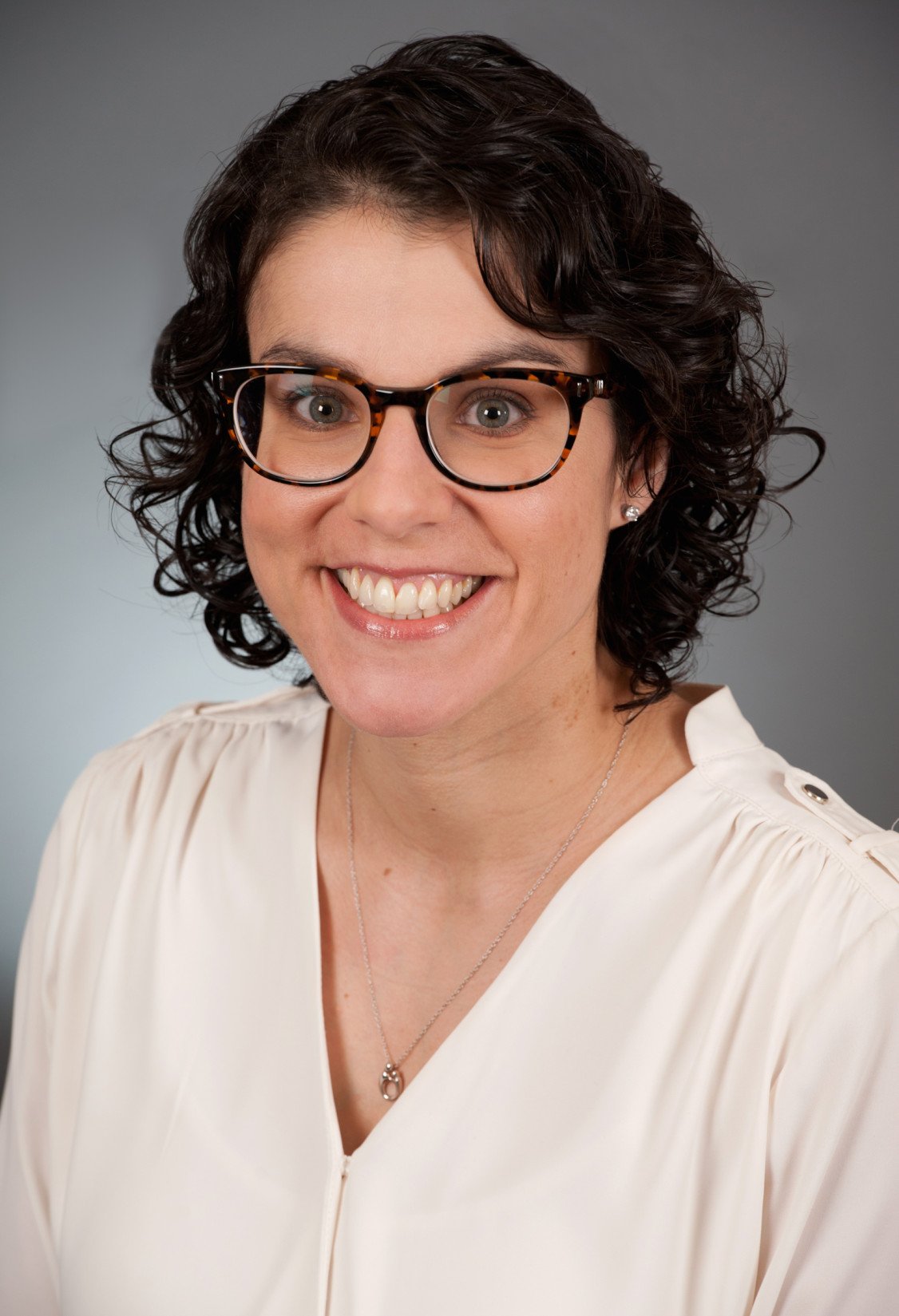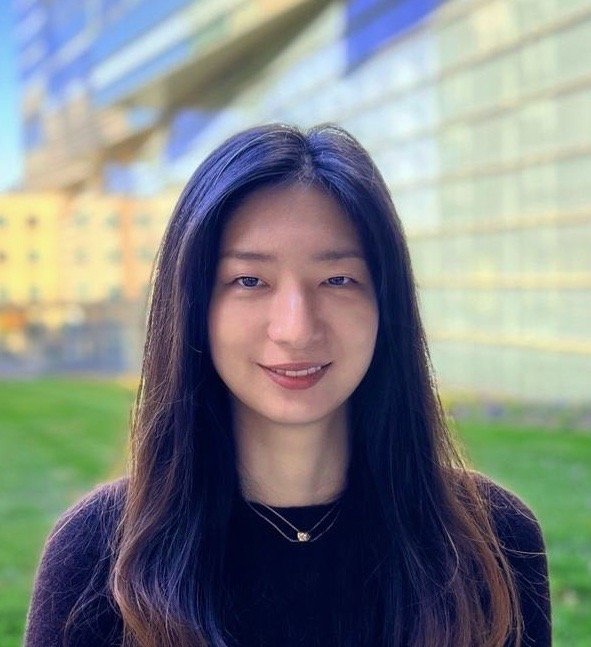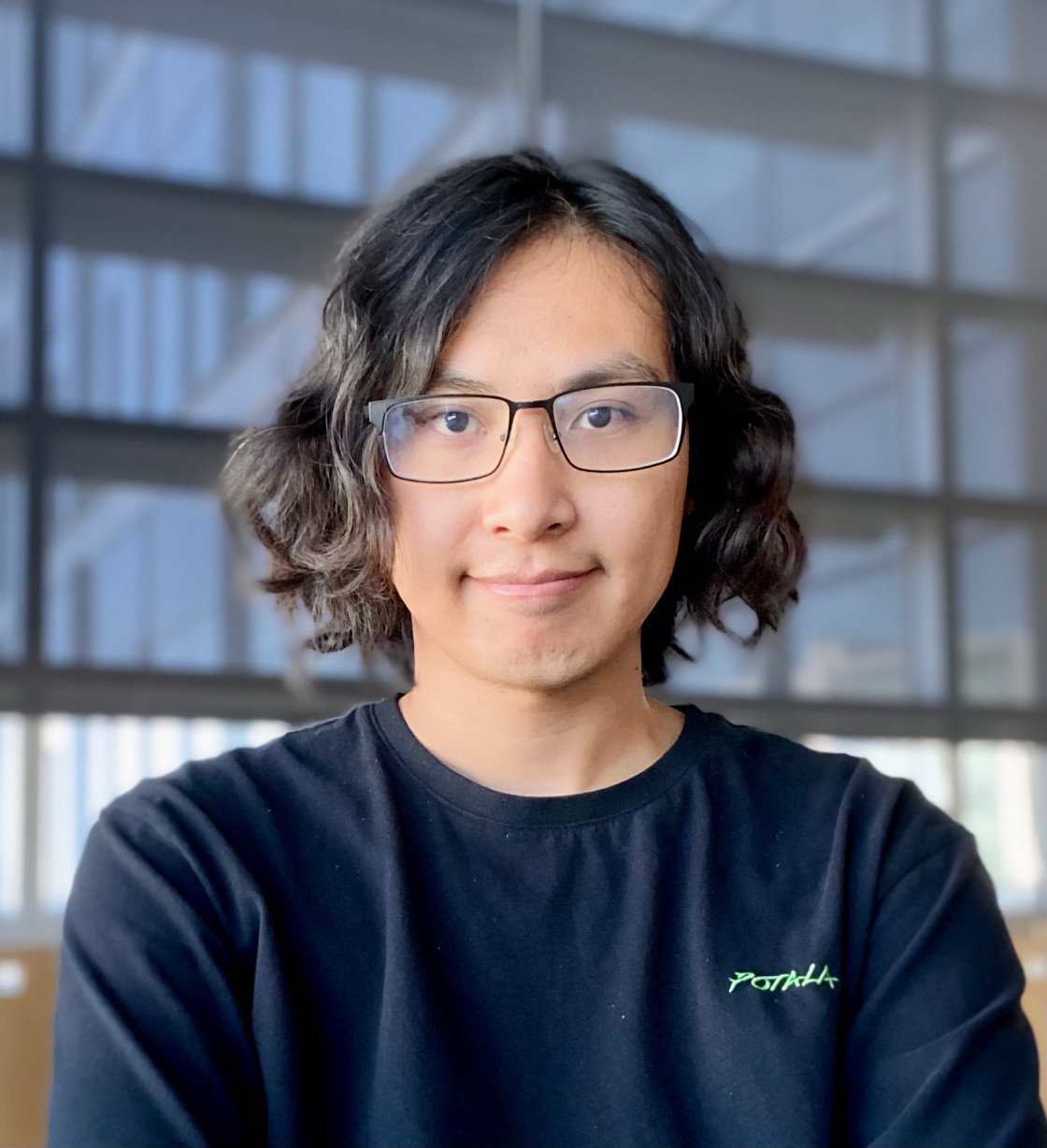New York University
Defining myelin’s role in developing vestibular circuits
The vestibular system serves a vital purpose, to stabilize posture and gaze by producing corrective head and body movements. Vestibular circuits are myelinated early in life, suggesting a crucial role in proper balance development. In addition, balance, posture, and gait deficits are common symptoms for patients affected by diseases where myelin breaks down. Myelination alters conduction velocity thus it is crucial for circuit function. Recent studies have shown that the formation of novel myelin plays an essential role in memory formation and learning. The overall goal of this project is to define a role for myelin in vestibular circuit development and postural behaviors. We will investigate the consequences of loss of vestibular myelin on postural development. The work will also establish and validate transformative new tools to selectively disrupt the myelination of genetically defined subsets of neurons. I will test the role of myelin in different circuits for postural behavior, locomotion, and coordination in order to understand myelin’s contributions to circuit function. These novel tools will also permit future investigations into the role of myelin in auditory circuits and the consequences for hearing health.












